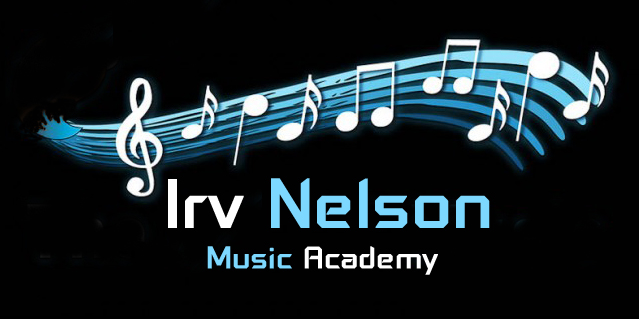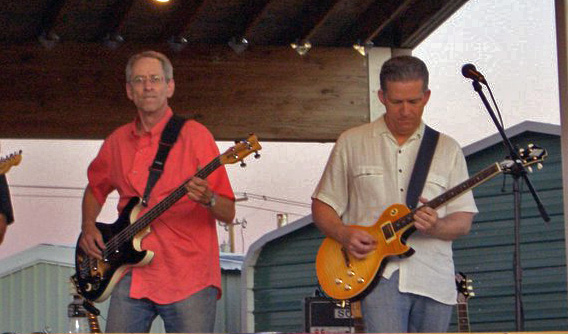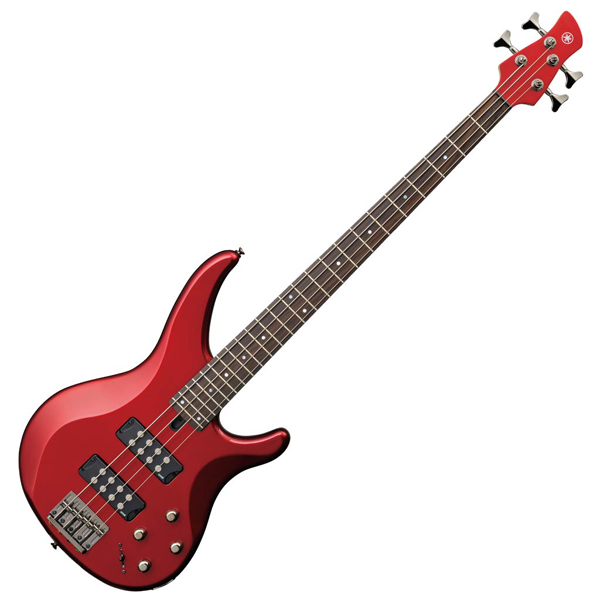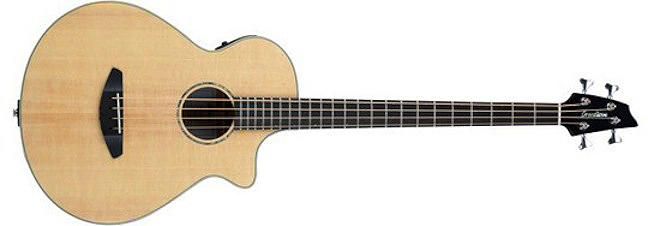
My students have more fun!
Bass Lessons
"It's all about that bass!
That bass! That bass!
No treble!"
-- Meghan Trainor
That bass! That bass!
No treble!"
-- Meghan Trainor
"None of us wanted to be the
bass player. It wasn't the #1 job: we wanted
to be up front. In our minds, it was the
fat guy in the group who nearly always played the
bass, and he stood at the back. None of us
wanted that; we wanted to be up front singing,
looking good."
-- Paul McCartney "Mister bass man
You got that certain something
Mister bass man
You set the music thumping...
Hey mister bass man
You're head and king of rock and roll"
-- Johnny Cymbal
You got that certain something
Mister bass man
You set the music thumping...
Hey mister bass man
You're head and king of rock and roll"
-- Johnny Cymbal
DID YOU KNOW?
Bass players are hard to come by. If you want to join a band, there is usually more demand for bass players than for guitarists and drummers. It is a fun instrument to play, and it's much faster to learn than keyboard or guitar. If you already know basic guitar, learning bass is a snap. Even if you don't, it's not hard to learn. If you are a vocalist, you will be much more marketable if you can also play an instrument. Bass is an excellent choice for vocalists because playing bass is not as complicated as guitar and thus it leaves you free to focus more of your attention on your singing.

Dr. Irv Nelson has been playing in bands for over 40 years, and playing bass for about 15 years. I am the former bass player in the classic rock band The Fender Benders (I now play rhythm guitar and keyboard in that band), I usually play bass in Relic Acoustic Band, and I fill in on bass for other performing groups.

On stage with Carl Hart in The Fender Benders
After a concert in the Recital Hall with the USU Chorale and Chamber Singers

I also play a Fender Jazz bass with a "Badass" bridge and super-bright DR Silver Stars strings for that punchy "J-bass" sound (the white one on the right, below). I also own a smooth, woody-sounding Ibanez SR400FL fretless bass with flatwound D'Addario XL Chromes strings that combines the woody sound of an upright bass with the best features of a bass guitar (the black one, third from the left, below).
Four of Irv's bass guitars at a gig a few years ago
(I've since sold the 5 string Ibanez and the Danelectro on the left)
My fourth bass is a Breedlove Studio BJ350/SMe4 acoustic-electric guitar bass with D'Addario EXP Phosphor Bronze strings. This bass looks like an oversized acoustic guitar (see below) and it has a very different sound than any of my electric basses. It has the perfect tone for my unplugged trio, Relic Acoustic Band.

My bass amp is a TC Electronic RH750 "class D" digital modeling amp that very accurately simulates everything from the fat and bright '80's SWR sound to the monster '70's all-tube Ampeg sound. It has 750 Watts, but it weighs only 8.5 lbs. I love this amp! I play it into an SWR Goliath III 4x10 (the black cabinet with four speakers pictured above). For outdoor gigs, I sometimes add an SWR Big Ben 1x18 cabinet.
The reason I tell you about my equipment is so you'll know how much I love playing bass and how serious I am about this instrument! I love teaching bass. I don't have very many bass students, but those I do have are having a great time and are making fantastic progress!
IRV'S PHILOSOPHY OF TEACHING BASS:
I have a somewhat different philosophy of teaching bass than do most bass teachers, that enables my beginning students to learn much faster than normal. Rather than starting with the names of the notes and how to read music, I begin by employing a number system that is used extensively by studio "session" musicians, based on the intervals in the scale of the song. The primary advantage of this method is that the students learn the relationship of the bass notes within each song, and also from song to song. Rather than merely memorizing the notes, students learn the theory of what is happening. This leads to improved improvisation, transposition, and playing-by-ear skills. A secondary advantage is that it is much faster to learn songs with numbers than with note names. Right from the start, my students can play songs note for note. They also can transpose any song they learn into any key signature. Yes, we eventually get around to learning the names of the notes, but teaching the intervals first has HUGE advantages in learning bass because it is so much simpler and faster to learn.
As the student progresses, we get into chord theory. Chord theory gives the student an understanding of where the bass note has been, where it's going, and how it relates to the chord being played by the other instruments.
The other thing I do differently is that, unlike some teachers, I am not a big fan of practicing scales and exercises. It's much more fun to just learn songs that have cool bass lines and scales in them. I teach songs students want to learn, starting the first week, and as they learn the songs, they learn the techniques.
Of course I teach proper technique for left hand fingering, right hand finger picking, and using a pick. I also teach proper bass setup (string height and intonation) and other technical aspects of the instrument and amplification. But mostly, I teach lots of songs! The more songs a student learns, the better and faster the student learns how to play the bass, and the more the student enjoys the experience.
PRACTICING (for parents of minor students)
PRACTICING (for adult students)
SELECTING AND SETTING UP A BASS GUITAR AND AMP
SELECTING A MICROPHONE
SELECTING A PA SYSTEM
UNDERSTANDING GUITAR AMPLIFIERS AND PA SYSTEMS:
Watts, Volts, Ohms, Amps, & Volume made easy
CONTACT ME
IRV NELSON MUSIC ACADEMY HOME PAGE